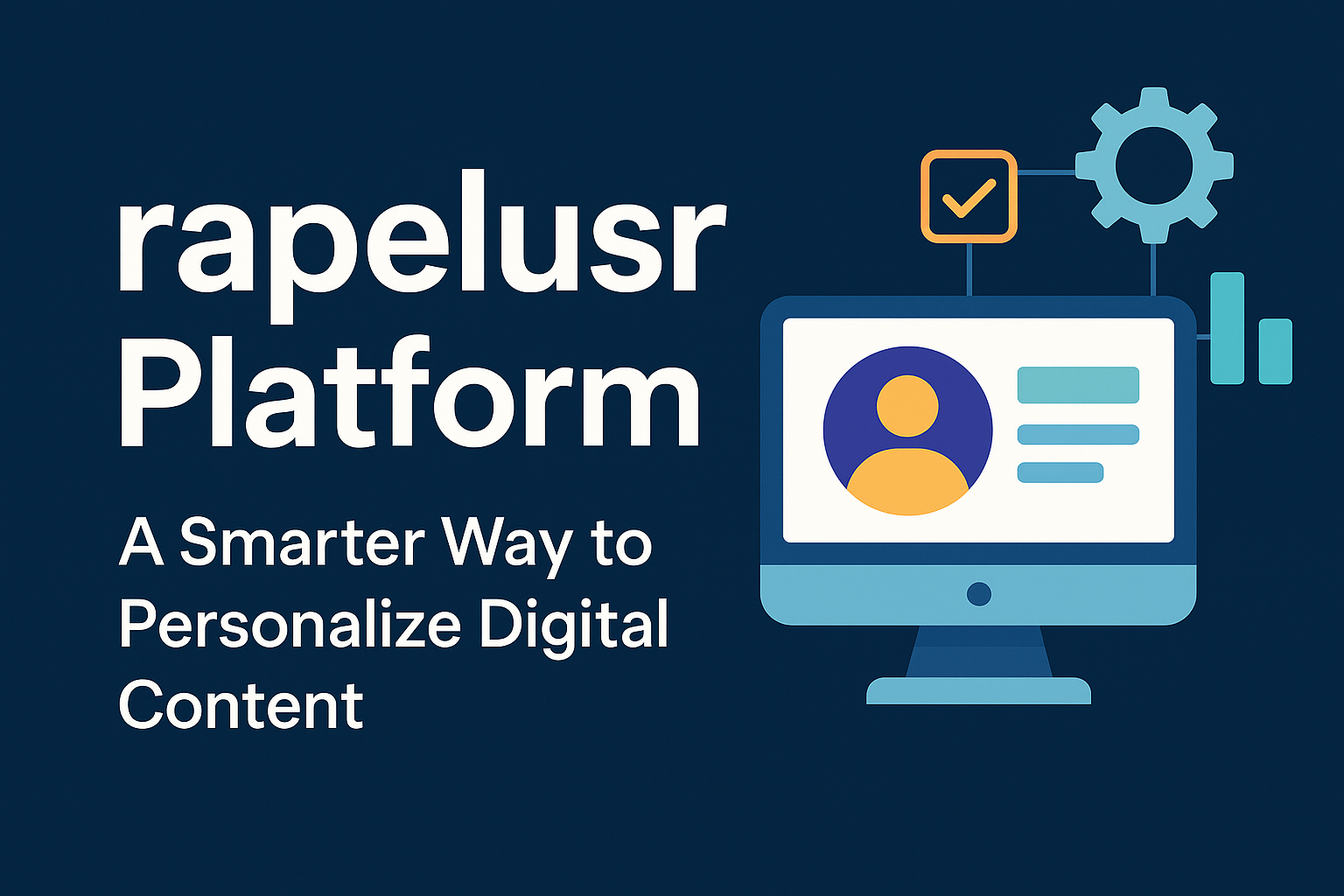Learn to Spot AI Writing and Maintain True, Human-Like Content
Discover how to identify AI-generated text and ensure your content stays authentic, engaging, and genuinely human for your audience.
Artificial intelligence has changed how content is created online. From blogs and product descriptions to marketing emails, AI writing tools have made it faster and easier to produce text on almost any topic.
But there’s a challenge that comes with this convenience. How do you tell when something was written by a machine instead of a human?
As AI-generated content becomes more convincing, learning to spot AI writing is essential for anyone who values originality, authenticity, and trust. Whether you’re a publisher, teacher, or brand owner, being able to tell the difference helps maintain the credibility and quality of your message.
Let’s explore how to recognize AI-written text and keep your content feeling truly human.
Why It’s Important to Spot AI Writing
The line between human and AI writing has blurred. Modern AI tools don’t just assemble sentences. They analyze tone, emotion, and structure to sound natural. While this can save time, it can also create risks.
If readers or clients realize that your content sounds “too machine-like,” they might question your authenticity. In education and journalism, AI-written content can raise ethical concerns or even violate integrity policies.
That’s why knowing how to spot AI writing helps protect your brand’s voice and ensure your audience continues to trust your words.
Common Traits of AI-Generated Text
There are a few common signs that show when a piece of writing might have been made by AI. One clue is repetitive language. This is where the same phrases or sentence patterns keep showing up.
Another sign is a lack of real emotion. AI writing can sound polite and clear but often feels flat, like it’s missing human warmth.
You might also notice perfect grammar with no little quirks or casual words. This can make it sound robotic. AI writing often includes generic statements that don’t say much, like “It’s important to stay positive.”
Lastly, AI sometimes makes awkward transitions, jumping from one idea to another without a smooth flow. Human writers, on the other hand, use feelings, stories, and natural rhythm to connect ideas more clearly.
Tools to Help You Identify AI Writing
If you’re reviewing a large amount of content, manually detecting AI text can be time-consuming. That’s where AI detection tools come in. These tools analyze text patterns, sentence variety, and word probability to determine whether writing was created by a human or an algorithm.
Reliable detectors look for:
Platforms make this process simple. By scanning your text in seconds, they provide clear results showing whether AI assistance was likely involved. This helps content creators, educators, and publishers maintain transparency and authenticity without slowing down their workflow.
How to Keep Your Writing Sounding Human
If you use AI tools to help draft or brainstorm, that’s perfectly fine-but you’ll want to make sure your final output feels genuine. Here’s how to humanize your writing effectively:
1. Inject Personality
Your audience connects with your unique voice. Use personal expressions, humor, or storytelling to make the text sound like you. AI can copy structure but not personality.
2. Show Emotion and Perspective
Add emotional language, opinions, or experiences. Instead of simply stating facts, share what they mean to you or your readers. Humans interpret information through feelings-AI doesn’t.
3. Use Natural Pacing
AI often creates sentences that are similar in length and rhythm. Humans vary sentence structure instinctively. Mix short, punchy sentences with longer, flowing ones for balance and energy.
4. Add Real-World Examples
Humans draw from lived experience-AI doesn’t. Add anecdotes or references that reflect reality. For example, customer stories, memories, or local events.
5. Edit and Rephrase Manually
Always review AI-generated drafts critically. Rewrite sentences that sound too generic or stiff. Replace predictable phrases with more personal alternatives.
The Role of AI Detection in Digital Integrity
As AI-generated content becomes part of everyday publishing, digital integrity has become more important than ever. Readers deserve transparency. When content is clearly identified as human-written-or ethically disclosed as AI-assisted-it builds trust rather than suspicion.
This is where AI detection plays a vital role. It allows organizations to:
Even educators and universities are now using AI detectors to check for academic honesty and uphold fair learning environments.
The Challenge of Evolving AI
Here’s the tricky part-AI tools are getting smarter. Each new model learns from the last, writing with more fluency and emotional tone. This makes it increasingly hard to distinguish human from machine-generated text.
AI detection technology must evolve just as quickly. Instead of relying on basic keyword checks or sentence length, modern detectors now analyze probability patterns. It compares how humans and machines typically select words.
That’s why it’s essential to use advanced, regularly updated tools that adapt to the latest writing technologies-like the ones offered when you visit website. These tools use deep-learning analysis to spot even the most subtle indicators of AI involvement. This helps ensure your content remains transparent and trustworthy.
Balancing AI Efficiency with Human Creativity
AI can be a powerful ally for content creators, not just a potential problem. When used responsibly, it helps writers brainstorm faster, organize ideas, and overcome writer’s block. The key is to balance efficiency with creativity, using AI as a tool, not a substitute.
By pairing AI-generated drafts with authentic human insight, you can produce work that’s both efficient and emotionally resonant. Think of it like using a calculator. It helps you get results faster, but you still need the human brain to understand the “why.”
The Path to Authentic Writing
AI writing tools have redefined creativity, but they’ve also blurred the line between human and machine expression. The solution isn’t to avoid AI-it’s to understand it, use it wisely, and verify it when needed.
With reliable detection tools like those available when you visit website, you can ensure your content remains transparent, credible, and authentically human.
At the end of the day, technology may write words-but only humans can give them meaning.
For more AI content tips, check out our blog posts.






